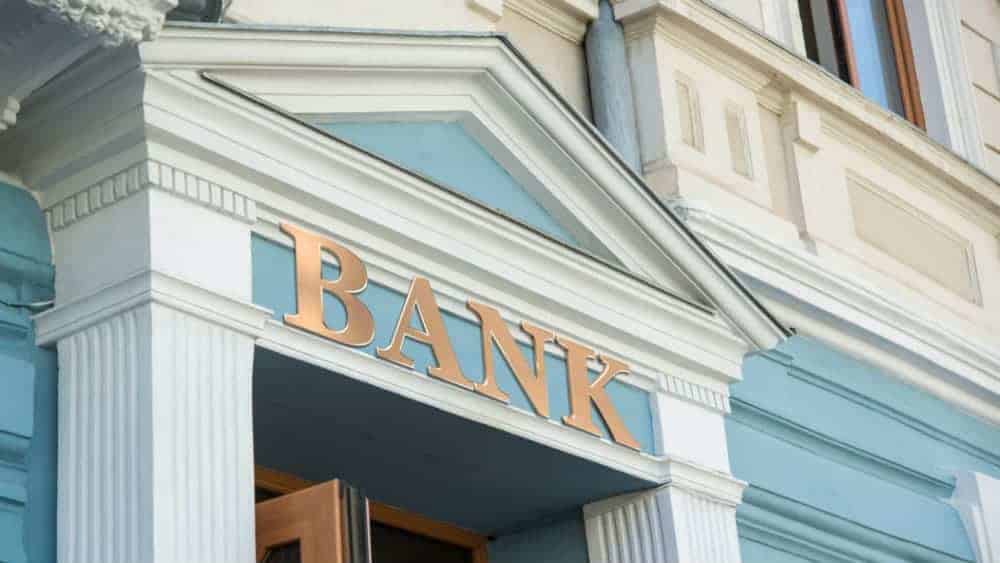The Canadian banks can’t seem to catch a break. Just when you thought the growth-stunting, margin-thinning Canadian credit downturn was the worst possible thing that could have happened to the banks, they were dealt with what Warren Buffett described as a “one-two punch.”
The first punch was the coronavirus (COVID-19), which has since been officially labelled as a global pandemic by the WHO. And the second blow is the oil price war and collapsing oil prices as a result of the breakdown of OPEC+.
The banks are taking more punches than most
The one-two punch knocked out the bull on Tuesday, with the TSX Index falling into bear market territory for the first time in a long time. For many investors, this is our first bear market.
Yes, it’s as vicious as it sounds. But that’s no reason to panic, especially given a brunt of the damage may already be in the rear-view mirror with some of the more beaten-up businesses out there like the Canadian banks.
Sure, the TSX took a one-two punch to the gut, but the Canadian banks took a one-two-three combo straight on the chin, leaving step stumbling, dazed, and confused. What’s this third punch, you ask? The Bank of Canada’s rate cut, with the hint at more to come.
Given that the Canadian banks are in the midst of a cyclical credit downturn, margins are already thin as they are. And should the Bank of Canada cut rates to 0.75% or potentially 0% as some pessimists have speculated, it’ll make it even harder for the banks to post sustained profits as credit looks to normalize.
Credit normalization is a process that can take a while. With energy insolvencies likely to be on the rise as a result of a now even lower oil price environment, impaired bank loans are expected to continue to be a significant drag for the Canadian banks. That means provisioning could continue rising while loan growth flatlines and margins are cut down to the bone.
Fighting the Bank of Canada
While some may think the Bank of Canada has a tough choice, it’s a more prudent bet to finally divorce the U.S. Fed and not risk putting one of the TSX’s top sectors, the financials, in further turmoil. As you’ve probably heard on the Street, monetary policy is an ineffective tool to combat a biological crisis. And it’s not going to cause oil prices to rocket any higher either.
If the Bank of Canada were to cut rates to zero by year-end, the banks would have more salt rubbed in their wounds, but they’re not going to crumble like a paper bag, as some may think.
It will be hard for them to roll with the punches as they come, but they’re still well capitalized and can ride out the downturn as they did during the Financial Crisis.
In the meantime, the Canadian banks have been knocked down by all these punches that it’s taken to the chin, and they’re going to need time to get back up on their feet.
As a long-term investor, you may want to start nibbling on your favourite bank stocks on the way down while their yields are at crisis-level highs.
Foolish takeaway
Canadian banks still very much investible.
In fact, they’re more investible at these bargain-basement prices! That doesn’t mean they won’t continue to fall in conjunction with interest rates, though. If you’ve got a decade-long time horizon, none of these intermediate-term headwinds should matter to you!
It’s undoubtedly painful to buy a stock like Bank of Montreal and its 6% yield after it’s fallen 35% from its highs. And you’ll probably kick yourself in a week from now when the stock is down another 15%, but you’ll be glad you bought in 5, 10, or 15 years from now, well after a recovery in shares and plenty of dividend hikes.
Stay hungry. Stay Foolish.


